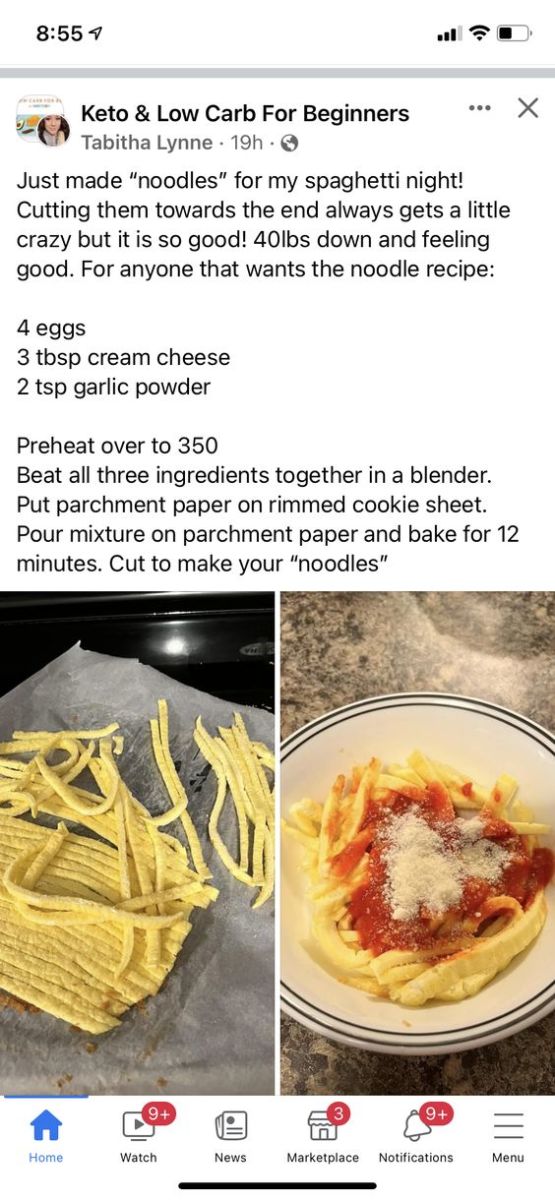The History of Ice Cream Brands
The Many Brands of Ice Cream
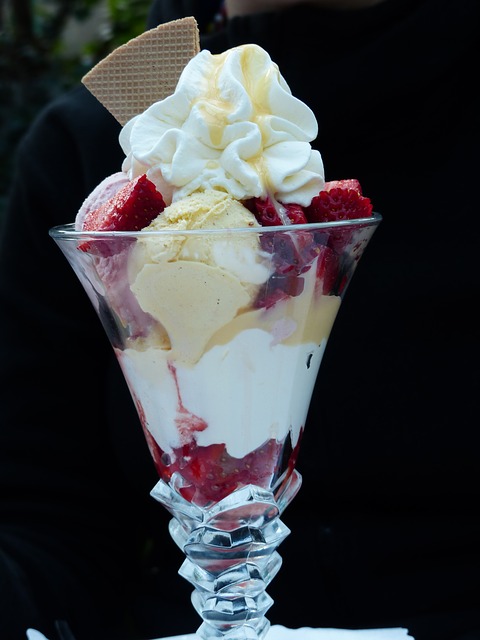
July is National Ice Cream Month
July is national Ice Cream Month. In honor of one of the world’s favorite desserts, here is some important information about famous ice brands, their beginnings, their history, and their mark on both societies and the business world. As you read this, you will see the people who created these brands are probably the best examples of entrepreneurship, ingenuity, and determination. Their efforts have left an indelible mark on societies around the world, and on our palettes too.
Haagen Daz Ice Cream

Haagen-Daz
Haagen Daz
-
Haagen-Daz was invented by a man named Reuben Mattus, a polish immigrant, who as a teenager, started selling the family homemade ice cream out of a horse and wagonF. For 30 years he sold to small candy stores and restaurants in Bronx, NY.
-
In 1959, Mattus came up with an idea to sell a richer, premium tasting ice cream that people would pay more for. He came up with the name Haagen-Daz, wanting it to sound luxurious and exotic. He printed a map of Scandinavia on the carton so the name would sound Danish.
-
There is no such place called Haagen-Daz and the words have no meaning in English or any language.
-
Haagen-Daz was the first premium ice cream and was sold in gourmet shops throughout New York City.
-
Haagen-Daz became such a good tasting ice cream, it was sold in supermarkets coast to coast and hundreds of franchise stores were opened around the world.
-
The Pillsbury Company bought Haagen-Daz in 1983.
The Good Humor Truck
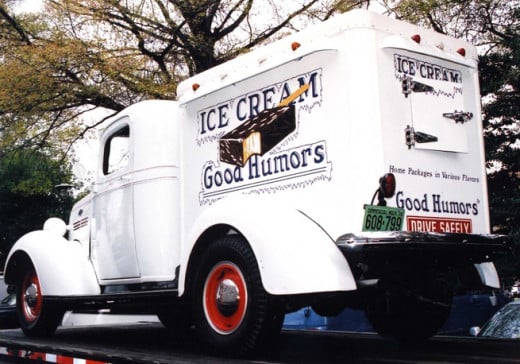
Good Humor Company
The thought of Good Humor Bars brings back many nostalgic childhood memories of baby boomers and previous generations. From the mid 1920’s through the mid 1970’s a friendly ice cream man would drive through the local streets, ringing a bell that signified the arrival of the ice cream man. Children would swarm the white refrigerated Good Humor trucks that were filled with delicious ice cream that was only available through the daily visits of the Good Humor man in the white uniform.
The History of Good Humor
From 1893 at the age of 18, Harry B. Burt opened what was known then as a penny candy store on a main street in Youngstown, Ohio. Everything he sold was so delicious his business grew. In 1898, he added a soda fountain, the first of its kind in this town. In 1902, the store moved and the establishment also included a bakery and a restaurant. Around 1920 Burt developed an ice cream coating of smooth chocolate and with the advice of his son, added a wooden stick, making it like an frozen lollipop treat. He called his new invention a Good Humor ice cream bar. He sold them out of a fleet of 12 tricycle pedalled freezer street carts that he outfitted with a bell. The first set of bells came from his son’s bobsled. The vehicles were touted as a unique Good Humor sales car that would come by your door everyday at the same time. Good Humor bars become popular as a new, clean, and convenient way to eat ice cream. in 1922, he bought a building where he manufactured the ice cream bar and applied for a patent for the machinery to make the ice cream.
Burt had applied for a patent for his product in 1920, and after waiting for three years, he went to the patent office in Washington D.C. in 1923, with a five gallon container of his Good Humor Bars. He let the patent officials sample his ice cream and was granted a patent.
In 1929, Burt opened a factory in Chicago. The mob wanted $5,000 in protection money and when he refused, they destroyed part of his fleet in Chicago.
During the depression, Burt made an ice cream bar that he sold for a nickel, which was half the price of a regular ice cream bar.
By the 1950’s there were about 2,000 Good Humor lity and sotrucks populating the streets of America. In 1961 the Unilever conglomerate bought the Good Humor Company. In 1976, they disbanded the trucks due to non profitability and sold their ice cream in grocery stores. The trucks were sold to individuals and ice cream distributors.
Good Humor will always be known for the unique ways they began by selling their ice cream from tricycles, push carts and trucks.
The Invention of Ice Cream
Did you ever wonder how ice cream was invented. Click here to learn more about ice cream and ice cream cones. Interesting facts about ice cream
You can also learn about the history of m&m's by clicking here.
Breyers Ice Cream Since the 1800s
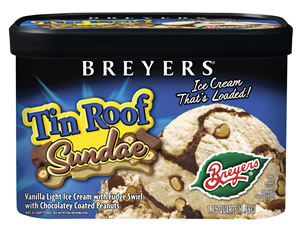
Breyers Ice Cream
Breyers Ice Cream has a history that goes back to the Civil War. It was 1866 year that William Breyer from Philadelphia, hand made his first gallon of ice cream and sold it to his neighbors. He promised that his ice cream was made with only the finest of ingredients,including cream, cane sugar, nuts, fruits, and other delicious and tasty ingredients. His ice cream was so good, Philadelphia declared Breyers Ice Cream to be the best.
So popular was his ice cream that he opened his first ice cream shop in 1882 and soon opened four more. His ice cream was cranked by hand and delivered by horse drawn carriage. In 1896, the Breyer family set up their first wholesale ice cream production plant. In 1908, son Henry incorporated the business. By 1918, a million gallons of ice cream a year were shipped to New York, New Jersey, and Washington D.C. In 1933, Unilever bought Breyers from Kraft and joined Good Humor ice cream. Today Breyers is based in Englewood Cliffs, N.J. and is still part of the Unilever family of products.
Test Your IQ about Ice Cream
view quiz statisticsUnilever Brands and Ice Cream
Unilever Brands and Ice Cream
Unilever controls about 20% of the $85 billion ice cream around the world. $12 billion is sold in the United States.
In addition to Good Humor and Breyers Ice Cream, Unilever owns
- Klondike
- Ben and Jerry’s
- Cornetto
- Magnum Bars, and other brands.
Their annual sales for ice cream account for about 15% of the company’s total revenue. In the United States, they are still outsold by Nestle, who owns Haagen -Daz and Dreyer’s Ice Cream, Edy’s, Skinny Cow, and other brands.
The Many Flavors of Ben & Jerry's Ice Cream
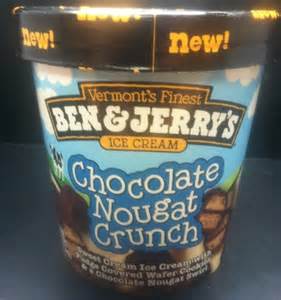
Ben and Jerry's Ice Cream
Ben and Jerry’s Ice Cream
Ben Cohen and Jerry Greenfield were just two friends who came up with the wild idea of creating a rich tasting combination of ingredients that would make eating ice cream a true experience. Ben and Jerry met as teenagers in junior high school in Merrick, Long Island, a suburb of New York City. As they tell the story, they met in gym class and were the fattest, slowest kids in the class.
Jerry completed college and had dreams of becoming a doctor, but couldn’t get into any medical schools. Ben was went to several universities, but dropped out of each of them. When the friends realized they were not getting anywhere, they decided to start their own business, even though they knew nothing about starting a business. They thought of opening a bagel store, but the equipment was too expenseive.
Ice Cream was something they liked to eat so they decided they would start an ice cream business. They took a $5 correspondence course from Penn State University, on how to make ice cream. With $8,000 of their life savings and 4,000 in loans from a bank, they leased a former gas station in Burlington, Vermont. They opened their business in May 1978 of producing ice cream. Jerry made the ice cream. Ben was the taste tester and more or less the salesman and scooper of the tasty frozen treats they invented.
The first flavor they made was vanilla. Ben has trouble with his sense of smell and liked big chunks of crunchy ingredients like cookies and candies in his ice cream, for the texture. When they would make the ice cream, it was flavored strongly, so that Ben could enjoy the taste and tell what each flavor was.
They closed the store after two months with a sign that said they were closed to see if they were making a profit. They figured out they were not. But they learned some things along the way, and hired a local nightclub owner named Fred “Chico” Lager to manage their business. They reopened in 1979 by selling pints of ice cream out of Ben’s Volkswagen campervan. As they became popular for their fine ice cream, they rented a space in an old spool and bobbin factory in 1980, where they packaged their ice cream pints and distributed them to local grocery stores and restaurants. expanded by selling to restaurants, grocery stores, and supermarkets. Their business grew rapidly and they moved to a bigger space in 1981. Later that year they sold their first franchise in Vermont. A few days later, Time magazine published a story about Ben and Jerry’s Ice Cream being the best in the world. In 1984, their profits increased 120% over 1983 . Their sales were over $4 million and at this point, both Ben and Jerry decided to give back to the community in Vermont through charitable events. In 1985, the Ben & Jerry’s Foundation was established, which donates 7.5% of their pre tax profits to charities around the U.S. In 1986, they decided to go cross country in their “cowmobile” to distribute free ice cream. They didn’t get too far, when in Cleveland, Ohio, the vehicle caught fire and burned. No one was hurt. In 1994, they started selling ice cream in the United Kingdom.
Anyone who works for Ben and Jerry’s gets three free pints of ice cream per day, profit sharing, free health club membership, day care services and college tuition assistance. They also have the supervisors evaluated by the people who work under them and have a rule that the highest paid employee can’t earn more than seven times the lowest paid entry level worker. Many other companies began to follow some their ideas since they were instituted.
By 1992, Ben & Jerry’s Ice Cream company had sales of $132 million. Today their sales are over $200 million. In addition to being socially responsible, and charitable, Ben and Jerry’s Ice Cream created jobs in areas of the U.S. and around the world where the economy was depressed.
They called the ice cream Ben and Jerry’s instead of Jerry and Ben’s because the two of them thought it sounded better. In photos, Ben always stands on the left, and Jerry on the right.
How to Make Your Own Ice Cream
The History of Ice Cream
From these great brands of ice cream, we can all see that these companies, have added to the quality of life for all who enjoy these tasty treats.
The future of ice cream continues to look bright, and offers us all great promises for flavors yet to be invented. So the next time you indulge, remember there is a history in every spoonful, scoop and container of that frozen snack you enjoy. And at the very least, may it help your life be a little bit more fun, and add sweetness and joy to your day.



